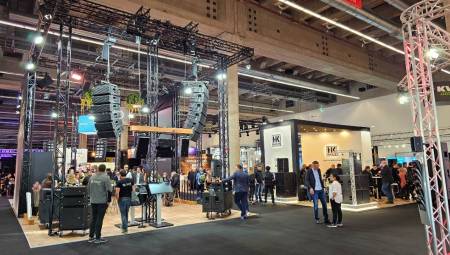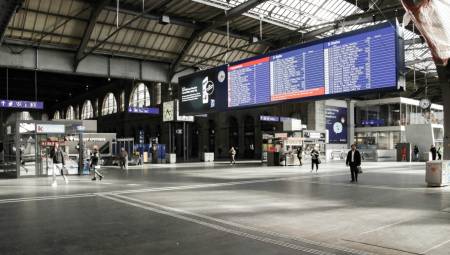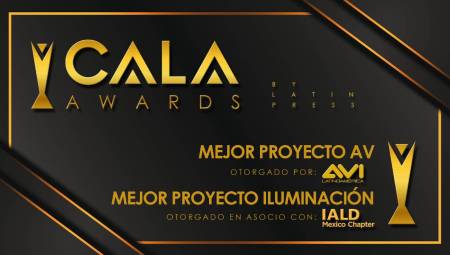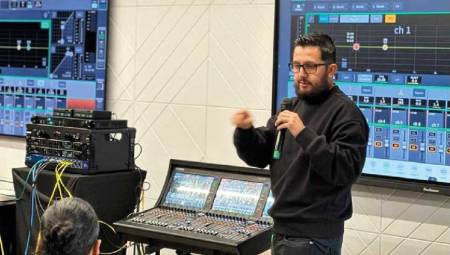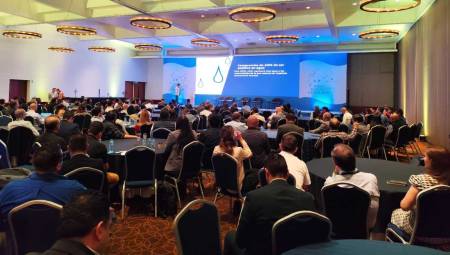 International. For having invented a new light source of high energy efficiency and beneficial for the environment, the blue light-emitting diode (LED), Isamu Akasaki, Hiroshi Amano and Shuji Nakamura, will be awarded the Nobel Prize in Physics.
International. For having invented a new light source of high energy efficiency and beneficial for the environment, the blue light-emitting diode (LED), Isamu Akasaki, Hiroshi Amano and Shuji Nakamura, will be awarded the Nobel Prize in Physics.
All three scientists produced bright beams of blue light from semiconductors in the early 1990s. Red and green diodes had been used for a long time, but without blue light, white lamps could not be created. Despite considerable efforts, both in the scientific community and in industry, the blue LED had remained a challenge for three decades.
They succeeded where everyone else had failed. Akasaki worked alongside Amano at Nagoya University, while Nakamura worked at Nichia Chemicals, a small company in Tokushima. His inventions were revolutionary. Incandescent bulbs illuminated the 20th century; the 21st century will be illuminated by LED lamps.
The jurors highlighted that LED lamps brought about a fundamental transformation of lighting technology and we now have more durable and more efficient alternatives to older light sources.
White LED lamps emit a bright white light, are long-lasting and highly energy efficient. They are constantly improved, being more efficient, with greater luminous flux (measured in lumens) per unit of power consumption (measured in watts). Since about a quarter of the world's electricity consumption is used for lighting purposes, LEDs contribute to saving the Earth's resources.
Material consumption is also decreased as LEDs last up to 100,000 hours, compared to 1000 for incandescent bulbs and 10,000 hours for fluorescent lights.
The LED lamp has great potential to increase the quality of life of more than 1.5 billion people around the world who lack access to electricity grids: due to low power requirements that can be powered by cheap local solar energy.




